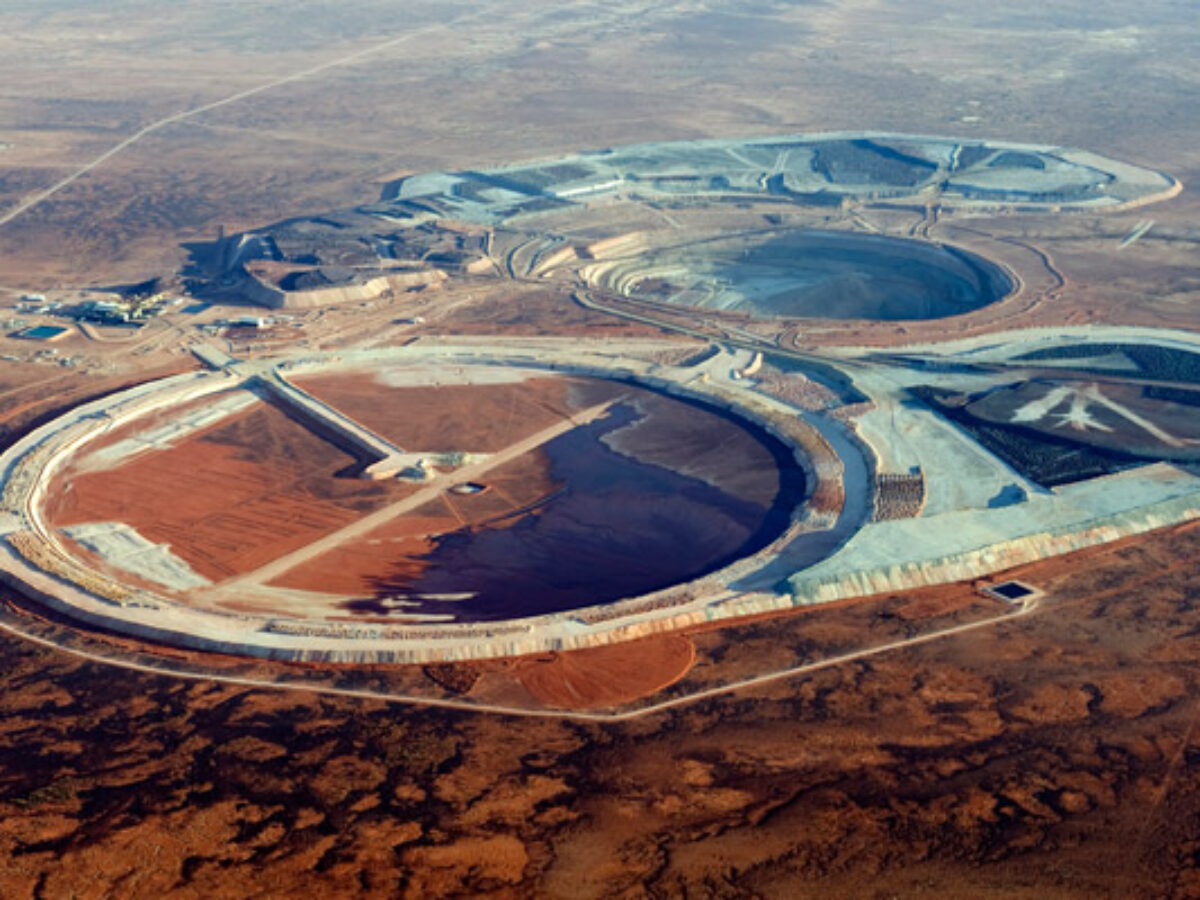Oz Minerals shows just how dispensable are fossil fuels

Comment by Peter Roberts
One by one the bastions protecting the fossil fuel industries are falling, driven by economics it seems as much as by a wish to protect the planet.
Household and grid-scale solar and wind plus battery and pumped hydro-storage have displaced the necessity of using dirty oil and gas from our homes, offices and factories.
If even Germany is closing its coal fired power stations, if it is possible to make steel using hydrogen, and if renewables plus storage are now a cheaper way of producing electricity, what really is left for oil and gas?
Until now remote locations with large energy needs such as mines and minerals processing plants were still their domain – but copper-gold miner Oz Minerals has put paid to that.
The company has unveiled its feasibility study for a new copper and nickle mine and processor to exploit the Nebo-Babelin deposit Western Australia’s remote West Musgrave Ranges
The company is planning a 50MW base case power supply with 80 per cent of needs coming from wind and solar power, backed up by battery storage, diesel or trucked-in gas.
This would be the world’s first renewbale powered off-grid mine site, with Oz trumpeting the mine’s lower carbon footprint and saving of 220,000tpa of carbon dioxide emissions.
Oz Minerals already operates copper-gold mines at Prominent Hill (pictured) and Carrapateena in South Australia.
It is no co-incidence that an Adelaide company has demolished the hold of oil and gas on remote locations, coming from a state already at 50 per cent renewable power and rushing towards 100 per cent.
Once you open your eyes to the alternative, and rid yourself of the fossil fuel blinkers that have blinded so many Australians, you see that fossil fuels are neither the best nor the only solution to our energy future.
And they are often not the cheapest.
Picture: OZ Minerals/Prominant Hill
Subscribe to our free @AuManufacturing newsletter here.
@aumanufacturing Sections
Analysis and Commentary Awards Defence Manufacturing News Podcast Technology Videos










